Huawei P20 Pro camera review: One big step forward
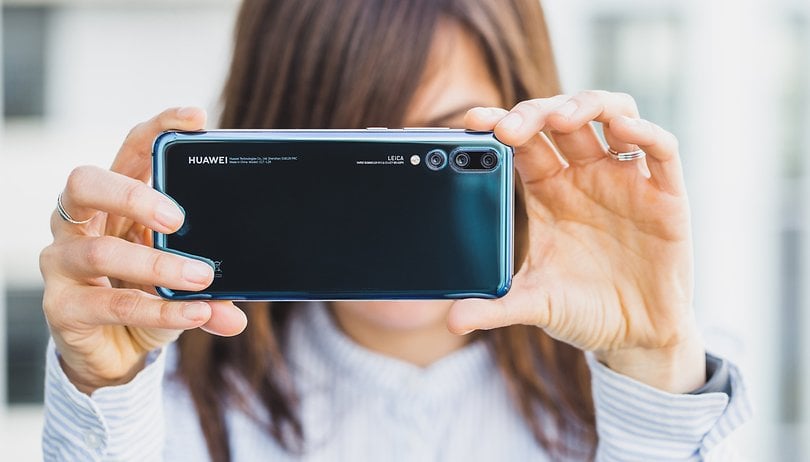

The cooperation between Huawei and Leica in smartphone cameras is entering its third round, and the two partners are taking an enormous step forward. For the first time, the P20 Pro features three cameras and a sensor with up to 40MP resolution. All this is not just a gimmick, because the initial camera test shows that the Huawei P20 Pro has the potential to frighten the competition.
The Huawei P20 Pro has received some impressive praise for its camera. With far better results than any other smartphone, DxOMark's testers attest to the new model in all respects. Now the results from DxOMark aren’t set in stone, but it is a strong trump card that the manufacturer can pull out of its sleeve.
Learn more about the Huawei P20 Pro in our video:
Before we take a look at the photos and videos that the Huawei P20 Pro delivers in the camera test, let's take another look at the technology. The three cameras from top to bottom: at the top is a camera with a 8MP sensor and a telephoto focal length of 80 millimeters in 35mm equivalent; the aperture is f/2.4.
Below are two wide-angle modules: in the middle is an RGB sensor with 40MP resolution and f/1.8, at the bottom a black and white sensor with 20MP and f/1.6. Between the lenses, the Huawei P20 Pro has an active laser autofocus with a transmitter, receiver and a flash with its own color temperature sensor to adjust the flash to ambient light.
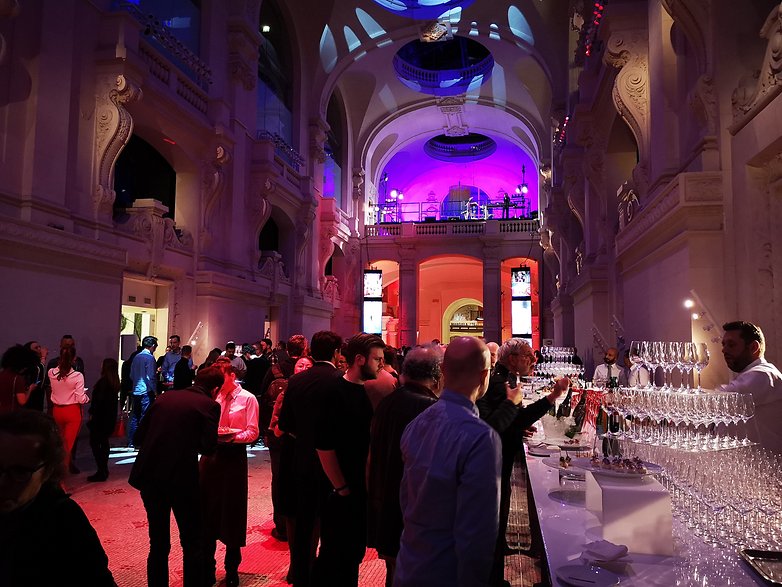
Fast and easy to operate
As complicated as the technology is, operating the Huawei P20 Pro camera is as easy as ever. The camera app is tidy and still has a lot of features to offer. The speed of the camera is also impressive. The P20 Pro can take a photo in just 0.3 seconds from standby mode by using the quick start feature. In normal operation, the autofocus of the Samsung Galaxy S9 is a bit faster, but the P20 Pro is fast enough for any user.
The picture quality in automatic mode that the Huawei P20 Pro provided in the camera test is simply impressive. Whether a lot of light or very little of it, the images are always razor sharp and have very lifelike colors and little image noise. Unlike the Galaxy S9, noise reduction in the P20 Pro doesn’t cause details to blur; the richness of detail is outstanding.
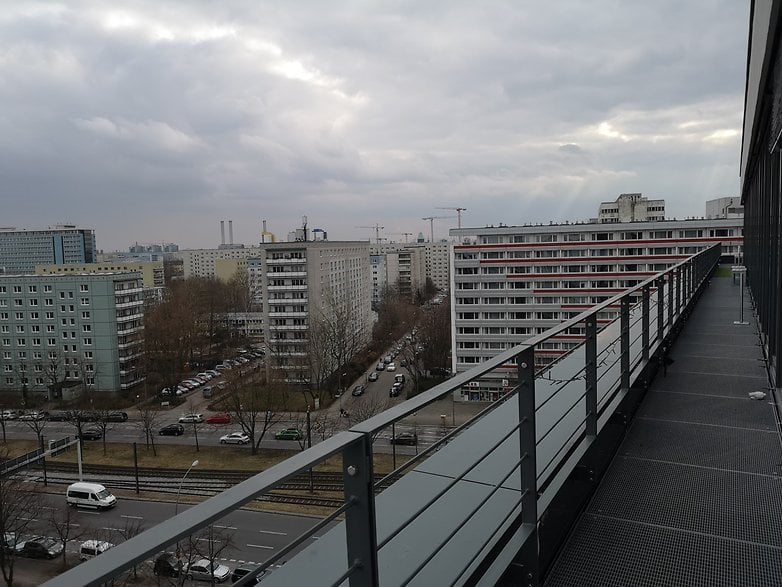
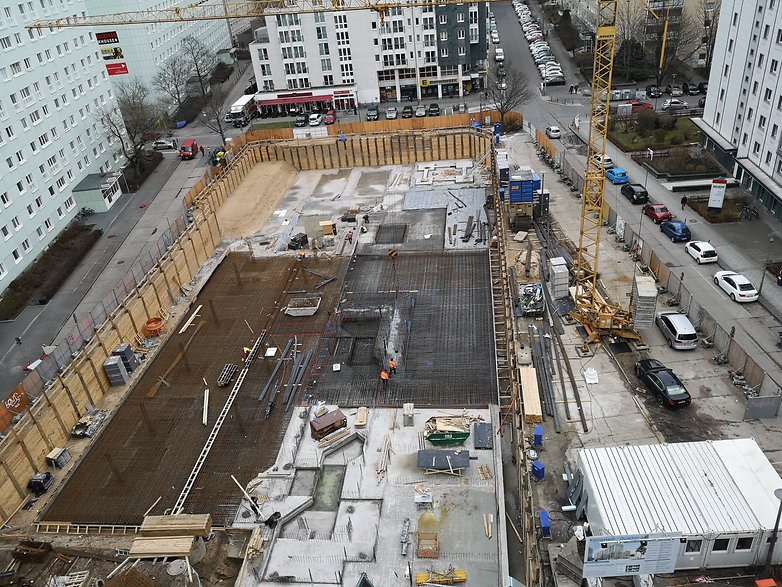

Playing with the light in portrait mode
The P20 Pro has added new light effects in portrait mode. In addition, there is a ten-level beauty effect that is meant to artificially enhance photos. There is also a bokeh mode, which now functions very well. However, the light effects do always cause mistakes, which sometimes make the photos completely unusable. And the beauty effect can quickly become unnatural.
Here’s one tip: instead of using portrait mode, use the aperture mode, which just creates a nice blur that you can also change afterwards. You’ll save yourself the fuss and trouble of gambling with light effects. The aperture mode is excellent for portraits, and the bokeh mode is on the same level as pictures taken with the Google Pixel 2 XL.


The P20 Pro delivers remarkable performance in low-light situations. The images are enormously rich in detail, and with the HDR mode, they have a dynamic range that sometimes makes them appear almost unnatural. By combining the data from the three different sensors, Huawei manages to keep image noise very low.

Slow shutter speeds without the camera shaking
It is impressive that Huawei manages to make shutter speeds of up to eight seconds possible without shaking. This can deliver impressive results that no other smartphone can match.
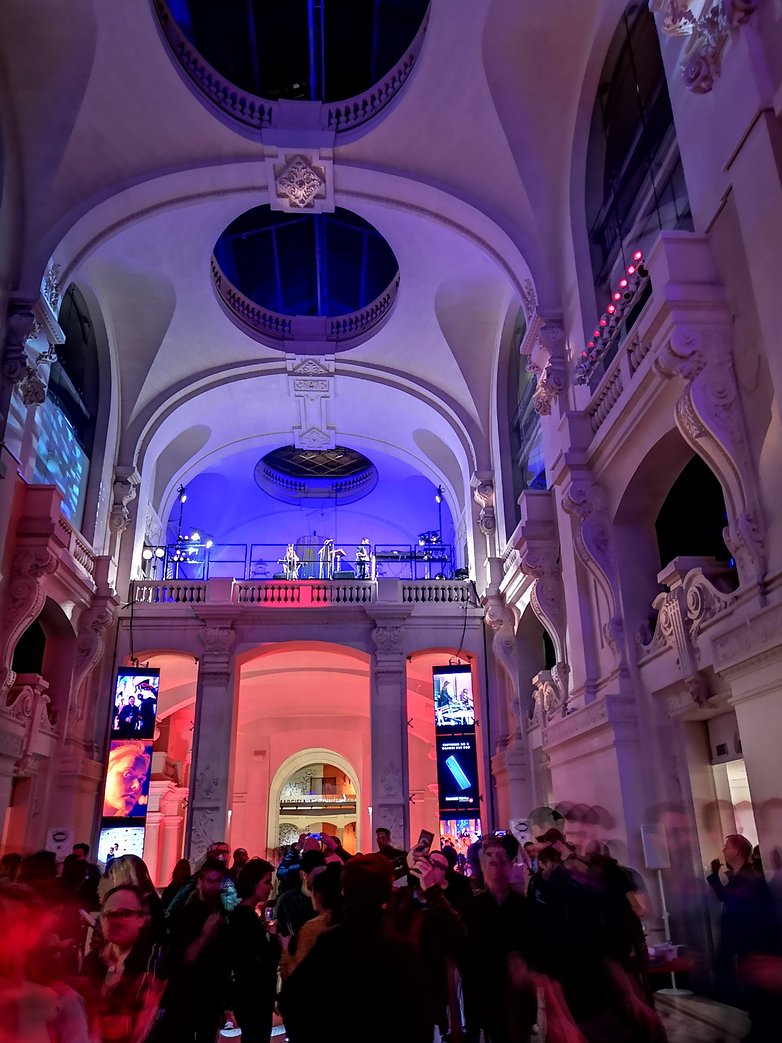
A small but forgivable drawback: if you zoom deep into the photos, you will see that the software is sharpening quite neatly. In the normal view, however, this is not a problem.
Speaking of zoom: the triple optical zoom is a blessing, especially when taking portraits. If you want to bring things even closer, you can also use the 5x hybrid zoom that uses the high-resolution 40MP sensor. This works perfectly for a smartphone even in low-lighting. Especially at maximum zoom, the electronic image stabilizer takes a little longer to engage from time to time, and the automatic white balance is a little off in some places.
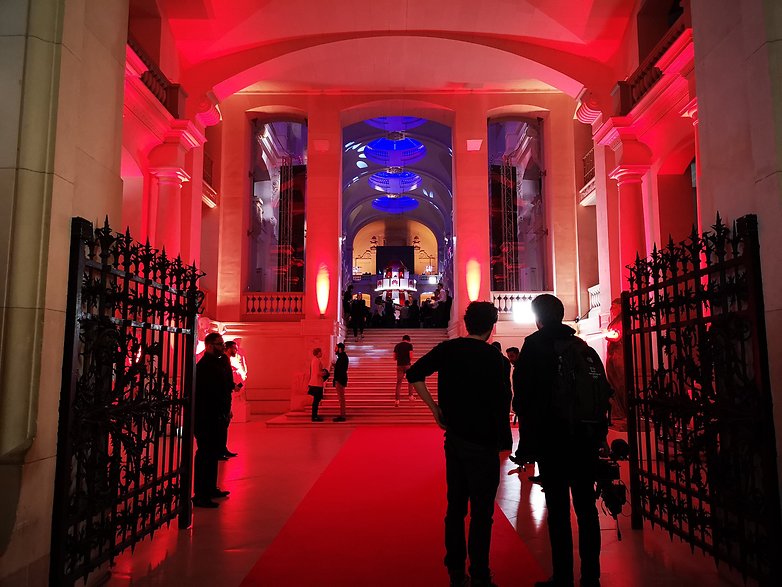
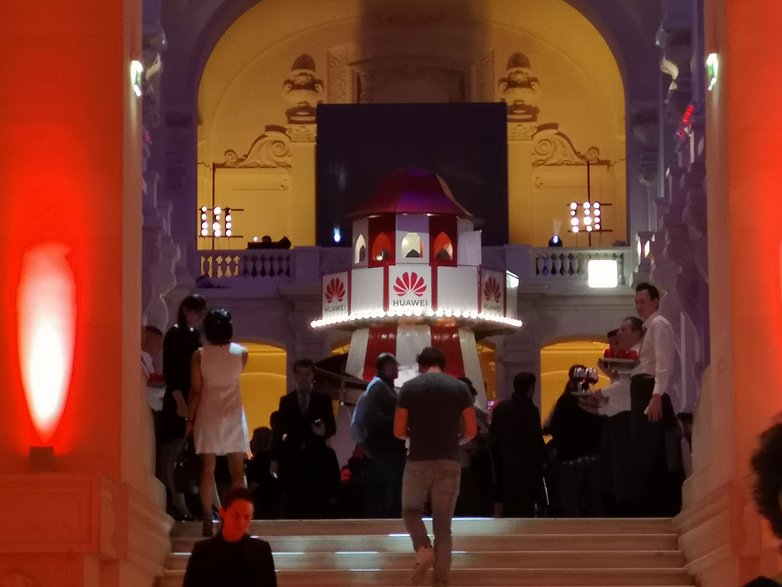
The different picture modes in Huawei’s camera app sometimes work better, and sometimes worse. The food mode is pretty unnecessary, and even the scanners, watermarks and filters aren’t necessary. The monochrome mode is ideal for fans of black and white photography. There are also other modes available to download.
Videos are better than any other Huawei smartphone
DxOMark has also given the P20 Pro top marks for video recordings in 4K - 98 more points than any other smartphone has achieved. This score, however, isn’t quite so comprehensive, because although the image quality is also good for videos, you’ll occasionally notice aliasing, color casts appear under artificial light, and the purely electronic image stabilizer of the P20 Pro reaches its limits relatively quickly. Meanwhile, the autofocus works just as well as the exposure setting, and the image noise is quite low. So videos are good and better than any other Huawei smartphone, but there are still manufacturers that can do it a little better.
The Huawei P20 Pro offers three different slow motion modes: 120, 240 or 960 fps. The handling is different. At 120 or 240 fps you can film a normal video and later use a slider to set the area to be played back in slow motion. This can also be done for the whole video. At 960 fps, the shutter release button starts a short video of half a second, which is then extended to ten seconds of super slow motion. This is of course looks more detailed, but you have to be very precise about what exactly you’re recording. The 240 fps mode is much more useful in everyday life.
One more thing to keep in mind: the software that plays an immense role in the camera of the Huawei P20 Pro is not yet final on our test device. It is expected that we will receive one or two updates soon. That's a good thing, because the pre-release software still has a few problems. At irregular intervals the camera app of the Huawei P20 Pro quits when you use the zoom function.
On some occasions during our test it froze on its own and we had to close and reopen it manually. Among other things, Huawei has promised improvement for the image stabilizer for video recordings, which is also necessary. Changes to the general image quality are also still possible, and we’ll be keeping an eye on this.
Conclusion: An enormous leap forward
The first camera test after just two days with the Huawei P20 Pro made it clear that this could be a ‘game changer’ that would take smartphone photography to a new level. And there's even more to the new Leica camera, because software updates should make some things even better. In manual mode, the Huawei P20 Pro can conjure up even better photos with a little training. We are very curious how the camera will compare to the other current flagships.
So what do you think of the pictures taken with the Huawei P20 Pro?




















Please fix link to full resolution images...
The link towards the full resolution gallery just sends to this exact same page :) Please update it so we could access the gallery, thank you!